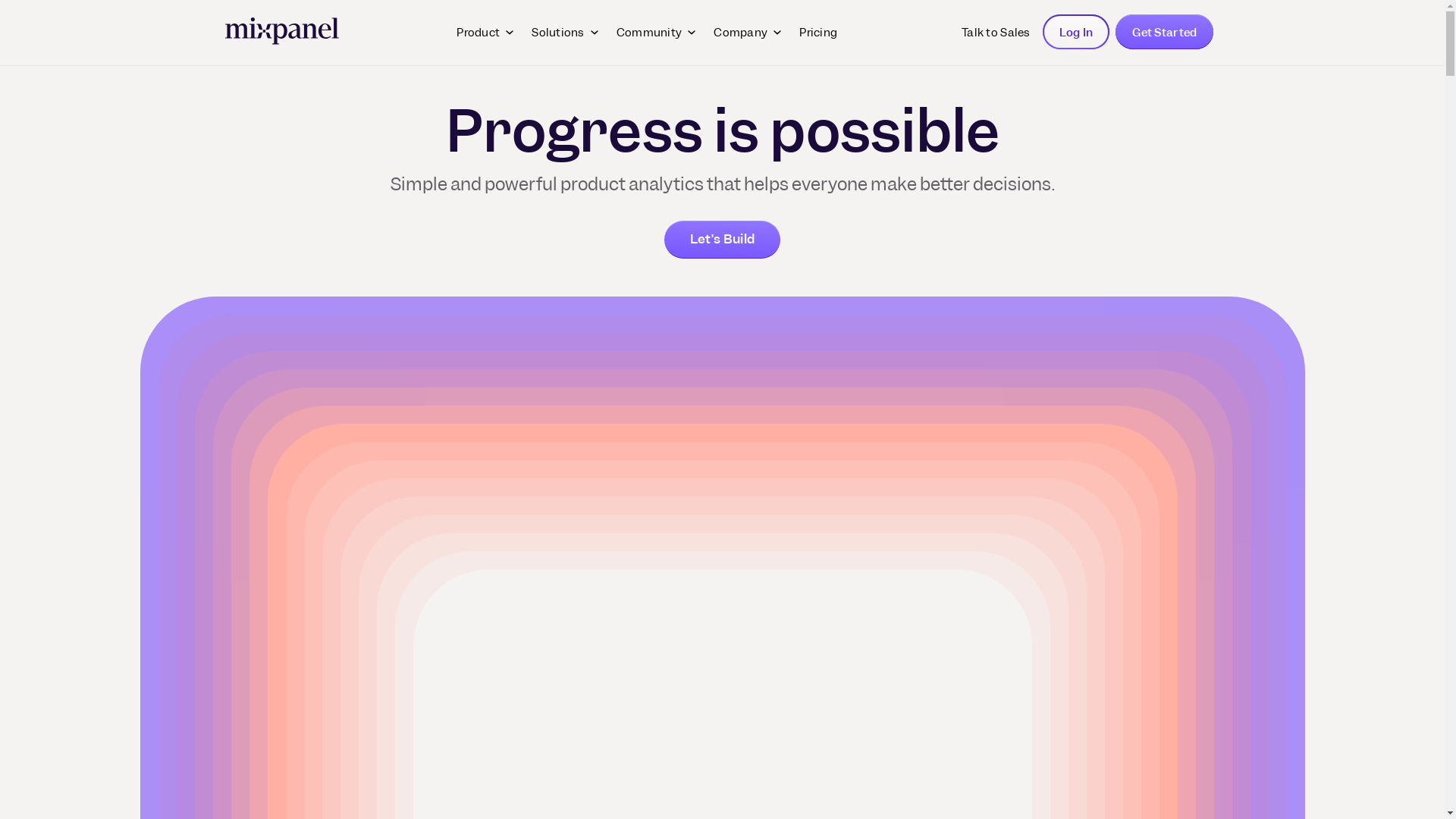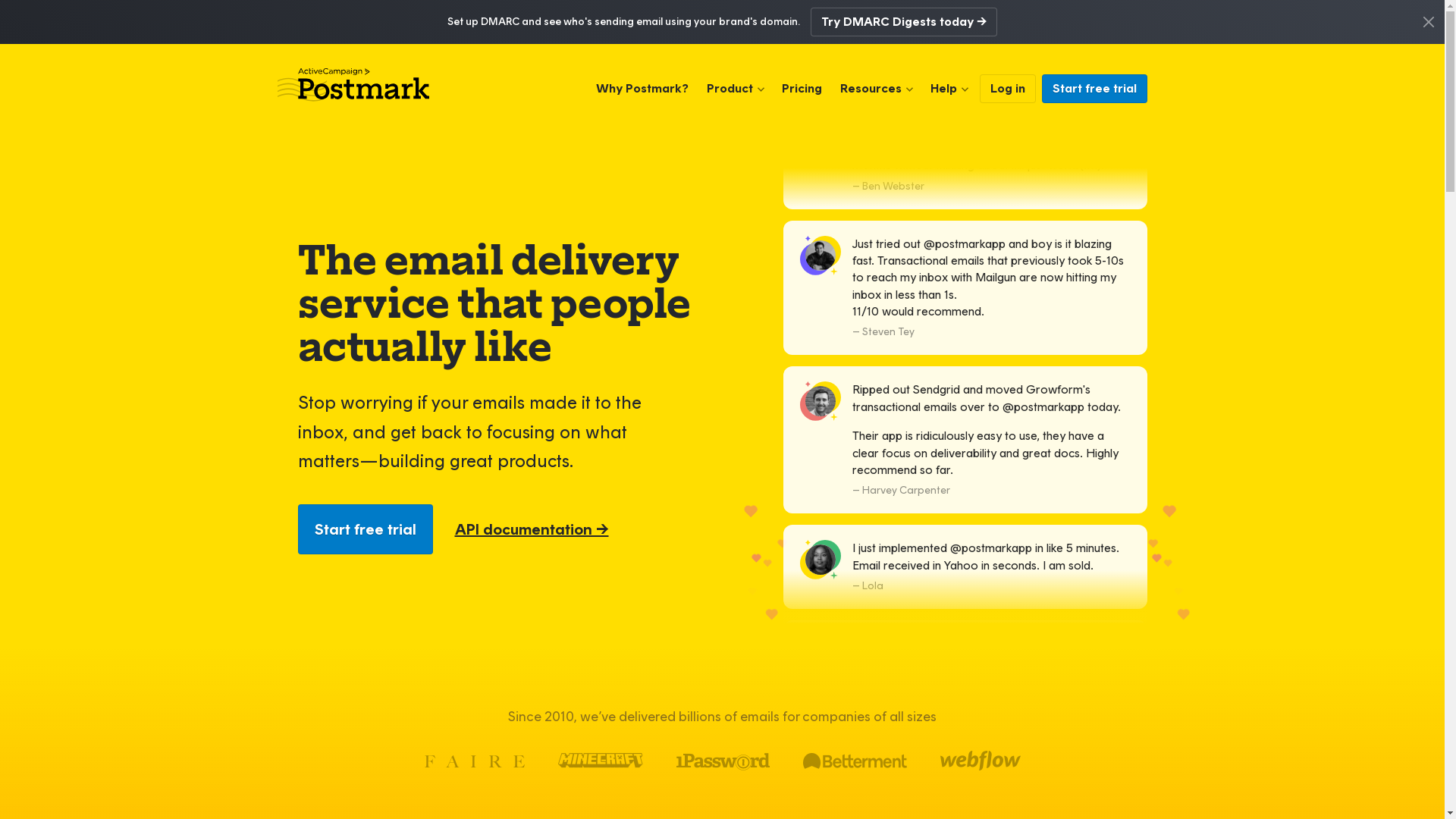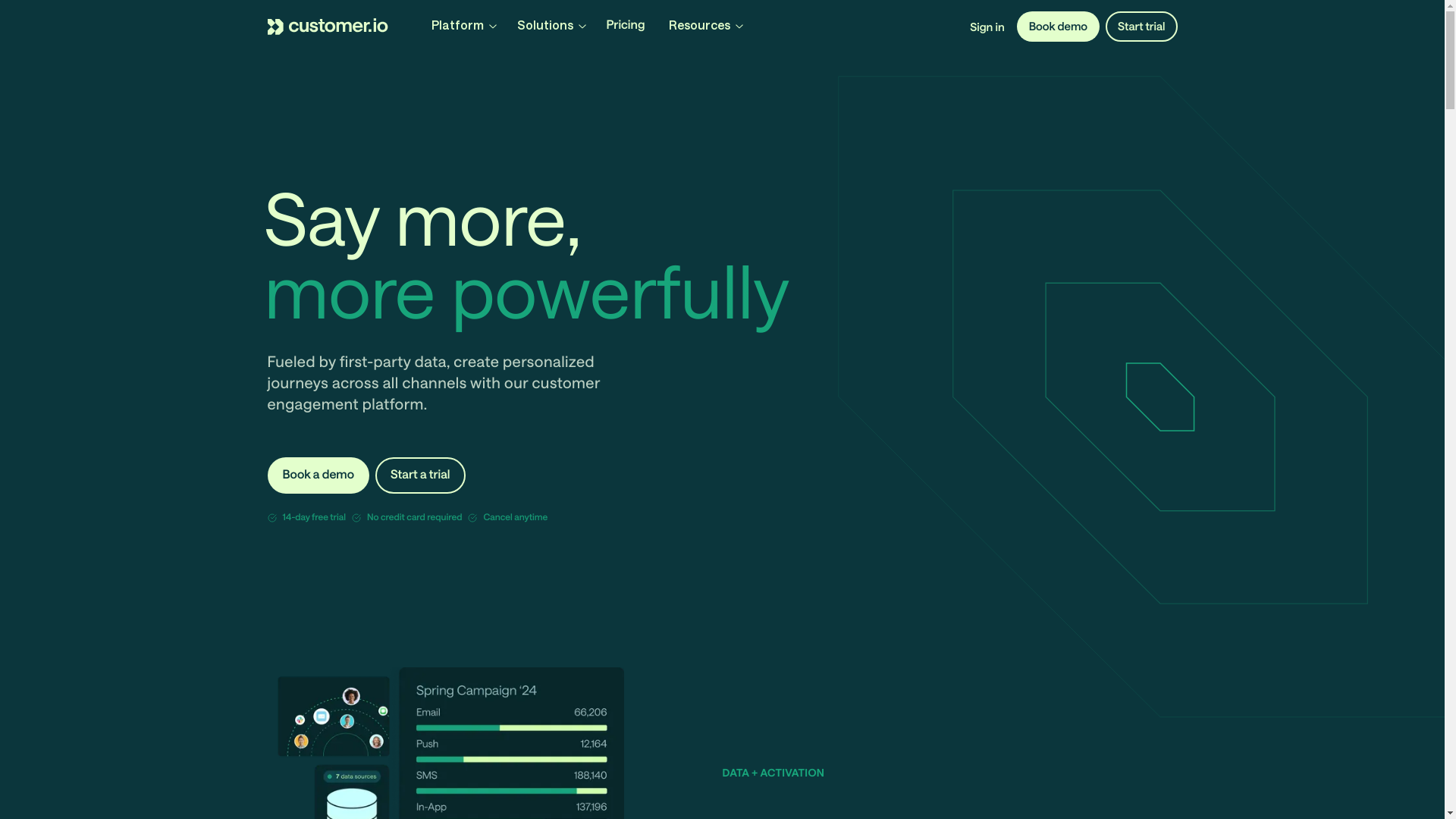Mastering Product-Led Growth (PLG) is both rewarding and challenging. While leveraging your product as the driving force seems straightforward, executing it flawlessly requires a balance of delivering exceptional experiences, capturing user insights, and crafting personalized engagement strategies – all while ensuring scalability.
That's where the right PLG tools become game-changers.
Top 10 PLG Tools You Need in 2024
1. Mixpanel

Mixpanel is a powerful product analytics tool that provides companies with deep insights into user behavior and engagement within their products.
Mixpanel plays a crucial role in helping companies understand how users interact with their products, identify potential roadblocks, and make data-driven decisions to optimize the user experience.
Pros:
- Advanced event tracking and data visualization capabilities
- Powerful segmentation tools for dividing user base based on various criteria
- Enables product experimentation and A/B testing
- Comprehensive user analytics for data-driven decision-making
Cons:
- Steep learning curve
- Pricing can be expensive for smaller teams or companies with modest data needs
Who is it Best For?
Mixpanel is best suited for companies that prioritize data-driven decision-making and have a strong focus on user analytics and product experimentation. Its robust feature set and advanced capabilities make it an ideal choice for companies looking to gain deep insights into user behavior and optimize their product experience to drive growth through a PLG strategy.
2. Pendo

Pendo is a comprehensive product experience platform that combines user analytics, in-app messaging, and feedback collection into a single solution.
This powerful tool is designed to help companies implement and optimize their Product-Led Growth (PLG) strategies by providing a holistic view of the user experience and enabling data-driven product improvements.
Pros:
- Robust user analytics capabilities with intuitive dashboards and reports
- In-app messaging and guidance for onboarding, highlighting features, and driving adoption
- Feedback collection tools for gathering user insights and identifying pain points
- Comprehensive feature set for optimizing the product experience
Cons:
- Resource-intensive to set up and manage, may require dedicated personnel
- Pricing model can be cost-prohibitive for smaller companies or those with modest needs
Who is it Best For?
Pendo is best suited for mid-size to large companies that are serious about optimizing their product experience and driving product-led growth.
Its robust analytics, in-app messaging capabilities, and feedback collection tools make it an ideal solution for companies looking to gain a holistic understanding of their users' needs and drive product adoption and engagement.
3. Zendesk

Zendesk is a customer service and engagement platform that provides support solutions like help desks, live chat, knowledge bases, and analytics to streamline customer interactions.
Pros:
- Comprehensive suite of tools for managing customer interactions across multiple channels
- Robust knowledge base creation for self-service resources and product documentation
- Tools for gathering and analyzing user feedback
- Omnichannel support for providing consistent experiences across channels
Cons:
- In-app messaging and customer experience capabilities may be more limited
Who is it Best For?
Zendesk is best suited for companies that prioritize customer support as a key component of their product-led growth strategy.
By providing exceptional support and self-service resources, companies can enhance the overall user experience, drive product adoption, and foster long-term customer loyalty – all essential elements of a successful PLG.
4. HubSpot

HubSpot is a CRM that connects all the tools businesses need to deliver a best-in-class customer experience, offering marketing, sales, customer service, operations, and content management features to scale with your business.
Pros:
- Robust marketing automation and lead management capabilities
- Powerful customer relationship management (CRM) system for managing customer data
- Customer service tools for creating knowledge bases and monitoring satisfaction
- Ability to create personalized experiences and targeted messaging campaigns based on user data
Cons:
- Can get expensive
- Steep learning curve
Who is it Best For?
HubSpot can be used by businesses of all sizes, from small startups to large enterprises, seeking a single platform to streamline their business functions.
5. Supademo

Supademo is an interactive product demo platform that allows businesses to showcase their product features in an interactive and engaging way. With Supademo, users can create customized demos that highlight the key benefits and functionalities of their product.
Pros:
- Showcase your product's features and benefits instead of just telling
- Personalize your demos to each user
- Track the results of your demos with in-depth analytics
- Supademo integrates with a variety of other tools, such as CRMs and marketing automation platforms
- Share as link, add embeds, export as video or MP4
- Convert Figma prototypes to Supademos in one-click
Who is it Best For?
Supademo is ideal for Product Marketers, Sales Professionals, and Customer Success Managers who need a visually compelling and interactive way to showcase their product to potential customers.
For example, Product Marketers can create demo experiences that highlight the unique value propositions of their product, while Sales Professionals can use Supademo to walk prospects through key features during sales calls.
6. Postmark

Postmark is a specialized transactional email service that prioritizes reliable delivery, lightning-fast speed, and robust security for mission-critical emails.
Pros:
- High email deliverability rates, ensuring important messages reach users' inboxes
- Detailed analytics and reporting, allowing companies to track email opens, clicks, and bounce rates
- Easy integration with various tools and platforms, enabling seamless email communication across the tech stack
- Scalable infrastructure capable of handling high volumes of transactional emails
Cons:
- Limited to transactional email functionality, may require additional tools for marketing or promotional emails
- Fewer customization options compared to more comprehensive email marketing platforms
Who is it Best For?
Postmark is an excellent choice for companies looking for a robust and scalable transactional email solution.
It's particularly well-suited for businesses that rely heavily on product-related emails, such as onboarding sequences, account notifications, and password resets.
7. Segment

Segment is a customer data platform that collects, unifies, and routes customer data from various sources to different marketing, analytics, and data warehousing tools.
Pros:
- Streamlines data integration by acting as a central hub for user data
- Enables efficient sharing of user data across multiple tools and destinations
- Supports a wide range of data sources and integrations, allowing companies to consolidate data from various touchpoints
- Offers data transformation and enrichment capabilities, ensuring data quality and consistency
Cons:
- Can be complex to set up and configure, especially for companies with numerous data sources and destinations
- May require dedicated resources or personnel for ongoing maintenance and management
- Pricing model can be costly for smaller companies or those with more modest data needs
Who is it Best For?
Segment is an ideal solution for companies with multiple data sources and tools that need to consolidate and share user data efficiently. It's particularly well-suited for companies running a PLG strategy that involves various tools for user analytics, in-app messaging, customer engagement, and more.
8. Customer.io

Customer.io is a customer engagement platform that enables businesses to create and automate multi-channel messaging campaigns across email, SMS, push notifications, in-app messages, and webhooks.
Pros:
- Advanced segmentation and personalization capabilities, allowing for highly targeted messaging
- Seamless integration with various data sources, enabling data-driven messaging campaigns
- Supports multiple messaging channels, including in-app, email, push notifications, and more
- Offers extensive campaign automation and workflow management tools
Cons:
- Limited in-app messaging capabilities
- May require additional tools or integrations for more comprehensive product analytics and user behavior tracking
Who is it Best For?
Customer.io is an excellent choice for companies looking to create highly targeted and personalized user engagement campaigns as part of their PLG strategy. It's particularly well-suited for businesses that prioritize data-driven messaging and have a strong focus on user segmentation and personalization.
9. Userpilot

Userpilot is a user onboarding and product adoption platform. It's designed to help companies drive product adoption and growth through guided user experiences and data-driven insights.
Pros:
- Comprehensive feature set, including product tours, walkthroughs, in-app messaging, and user analytics
- User-friendly interface and easy-to-use builder tools, enabling quick creation of in-app experiences
- Robust analytics and segmentation capabilities, allowing companies to tailor experiences based on user behavior
- Supports various engagement channels, including in-app, email, and push notifications
Cons:
- Limited customization options for advanced use cases or highly complex products
- Analytics and reporting capabilities may be less robust compared to dedicated product analytics tools
- Pricing model can be costly for companies with larger user bases or more extensive needs
Who is it Best For?
Userpilot is an ideal choice for companies looking for an all-in-one solution to drive product adoption and growth through guided user experiences and data-driven insights.
It's particularly well-suited for businesses that prioritize user onboarding, in-app messaging, and product analytics within a single platform.
10. Jira

Jira is a project management and issue-tracking software developed by Atlassian that enables teams to plan, track, and manage their work efficiently, from simple projects to complex agile software development.
Pros:
- Powerful project management capabilities, enabling teams to plan, track, and collaborate on product development tasks
- Customizable workflows and issue tracking, allowing companies to tailor processes to their specific needs
- Robust integration ecosystem, enabling seamless collaboration with various development tools and platforms
- Scalable and secure, suitable for teams of all sizes and industries
Cons:
- Steep learning curve for new users, particularly for complex configurations and customizations
Who is it Best For?
Jira is an excellent choice for companies that want to streamline their product development processes and align them with their PLG initiatives. It's particularly well-suited for teams that prioritize agile methodologies, issue tracking, and collaboration in their product development efforts.
What is Product-Led Growth?
In a PLG model, the product is designed to be easily discovered, tried, and adopted by users, with a seamless experience that encourages them to continue using and potentially upgrading to a paid version.

The core idea behind PLG is to create a product that is so valuable and user-friendly that it essentially sells itself, relying on virality and word-of-mouth rather than traditional sales and marketing efforts. This approach aims to reduce friction in the user acquisition process and allows companies to scale their customer base more efficiently.
What Are Product-Led Growth Tools?
Product-Led Growth tools are software solutions that help companies implement and optimize a PLG strategy.
These tools provide various functionalities to support the different stages of the PLG funnel, from product discovery and user onboarding to activation, retention, and expansion.
PLG tools can include features such as in-product messaging, user analytics, product tours, and self-serve onboarding experiences, among others.
They are designed to enhance the user experience, drive product adoption, and facilitate customer growth and retention.
Must-Have Features of Good Product-Led Growth Tools
When evaluating Product-Led Growth tools, it's essential to consider the following must-have features:
- In-Product Messaging and Guides: Effective in-product messaging and guided product tours are crucial for onboarding new users and helping them understand the value and functionality of your product. These features should be intuitive, contextual, and engaging, providing a seamless introduction to your offering.
- User Analytics and Insights: Good PLG tools should provide robust user analytics and insights, allowing you to track user behavior, identify engagement patterns, and uncover areas for improvement. This data is essential for optimizing the user experience, identifying potential roadblocks, and making data-driven decisions.
- Self-Serve Onboarding and Activation: In a PLG model, users should be able to easily discover, try, and activate your product without extensive assistance. PLG tools should facilitate self-serve onboarding experiences, including product tours, in-app walkthroughs, and intuitive user interfaces that guide users through the activation process.
- Personalization and Segmentation: Personalization and segmentation capabilities are essential for delivering tailored experiences to different user groups. PLG tools should allow you to segment users based on various criteria (e.g., behavior, preferences, usage patterns) and customize messaging, feature highlighting, and product experiences accordingly.
- Automated Lifecycle Campaigns: Automated lifecycle campaigns are crucial for nurturing users throughout their journey with your product. PLG tools should enable you to set up automated campaigns that deliver targeted messaging, nudges, and prompts based on user actions or inactions, helping to drive activation, retention, and expansion.
- Integration with Other Tools: Good PLG tools should integrate seamlessly with other tools in your tech stack, such as CRMs, marketing automation platforms, and customer support systems. This integration enables a seamless flow of data and ensures a consistent user experience across touchpoints.
- Scalability and Performance: As your user base grows, your PLG tools should be able to scale and perform reliably. Look for tools that can handle high volumes of user data and traffic without compromising on speed or functionality.
You Can Now Discover The Best Tools With PLG Demos
PLG Demos aims to not just make tool hunting easier (though that's awesome). It's about changing how we all shop for software.
For startup folks, it means building their dream team of tools in days, not months. For the tools enlisted on our site, it's a chance to really show off what they can do—no pitches—just pure product power.
So, come on over to plgdemos.com. Your perfect PLG stack is waiting, and you don't even need to fill out a form to find it. How cool is that?


